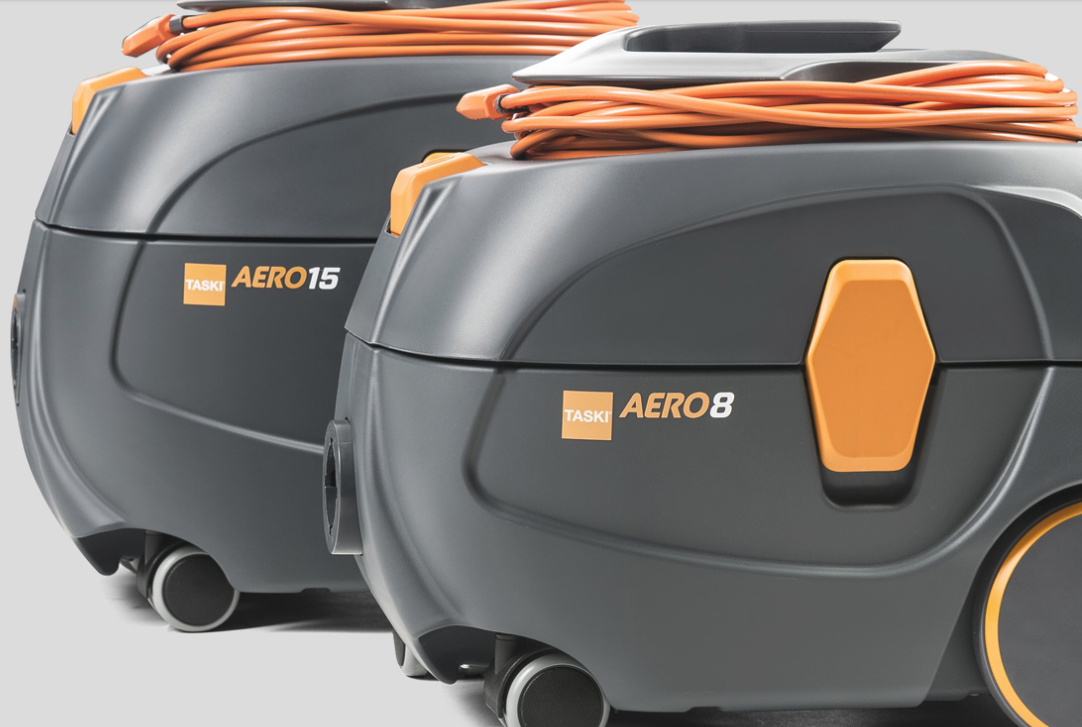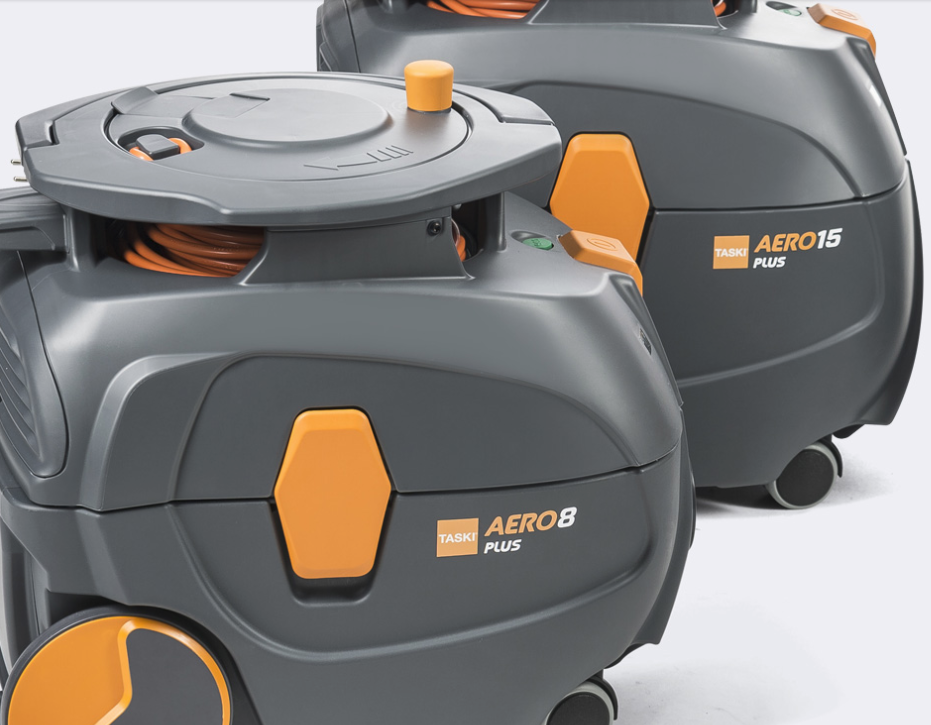According to the European Academy of Allergy and Clinical Immunology (EAACI), allergies are the “most common chronic disease in Europe. Up to 20% of patients with allergies struggle daily with the fear of a possible asthma attack, anaphylactic shock, or even death from an allergic reaction.”
There are various common allergies in the UK, such as bug stings, pollen allergies, and food allergies. In the workplace, it’s vital to help prevent allergens from affecting your employees, so that you create a welcoming and relaxed work environment.
How to Manage an Allergy
It can be more effective to avoid an allergen when possible to avoid an allergic reaction, such as checking food ingredients before a meal or covering exposed skin to avoid bug bites. Should this not be possible, however, there are a few medications available to help minimise and control allergic reaction symptoms.
Antihistamines are usually taken when the symptoms of an allergic reaction are noticeable, but they can also be taken before the exposure to an allergen to avoid a reaction. Nasal sprays or other decongestant tablets and medication are a short-term treatment solution for a runny nose. Common allergies can include cleaning chemicals and medication, with symptoms such as:
- Runny nose
- Itchy, red or watery eyes
- Red and itchy rash
- Sneezing
- Coughing
- Wheezing
- Asthma and eczema symptoms worsening
Steroid medication in forms like cream, inhaler, or spray are utilised to help reduce the levels of swelling and redness, and moisturisers are helpful to reduce itchy skin. Should your employees work in high allergen areas, with pollen or mould, you must provide health and safety equipment.

Dust Mites Allergy
These microscopic insects are related to spiders, with an oval-shaped body and no wings. Dust mites tend to thrive in furniture, carpets, and curtains in offices, with both live and dead mites capable of causing an allergic reaction. An allergic reaction caused by dust mites includes itchy eyes and skin, coughing, a runny nose, wheezing, hives and rashes, or breathing difficulties.
Effective ways to help control and reduce dust mites in the workplace include mopping all hard floors, damp dusting surfaces, using a vacuum cleaner with a HEPA filter, frequently cleaning and replacing air conditioning filters, and keeping all other surfaces clean.
Animal Hair or Dandruff
When workplaces have office pets, it can be difficult for employees with allergies to avoid reactions. Although animal hair allergies are common, people tend to be allergic to animal dandruff or even to saliva.
Sneezing, coughing and wheezing, a runny nose, or red and itchy eyes are common symptoms. Keeping office floors and surfaces properly clean and vacuumed help to prevent hair and dandruff build up and reduce the likelihood of an allergic reaction.
Mould
Surprisingly common in workplaces, mould releases spores that travel through the air and can easily be inhaled. Employees with allergic rhinitis and asthma are more vulnerable to the fungal spores, making it vital to control and eliminate the risk as soon as possible.
Areas with excessive moisture and condensation problems must be properly ventilated to avoid mould from developing. Additionally, any known mould infestations must be removed as soon as they are detected.

Food Allergies
The big eight allergens (dairy, fish, shellfish, eggs, peanuts, tree nuts, soybeans, and wheat) are considered to be responsible for most of allergic reactions. Keeping the office space properly clean to avoid exposure and food contamination is vital.
In addition, make sure that floors and carpets are appropriately vacuumed to remove food residue and particles. All desks in an office should be regularly cleaned, especially if your employees hotdesk.
If your workplace is in the need of a deep clean, make sure to contact us today to speak to our team about how our vacuum cleaners can help maintain your workspace clean.





Leave a Reply
Want to join the discussion?Feel free to contribute!